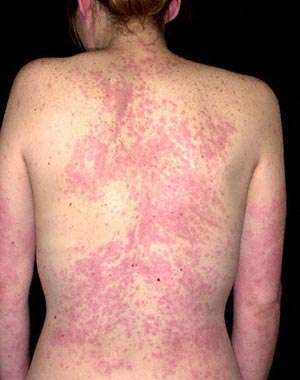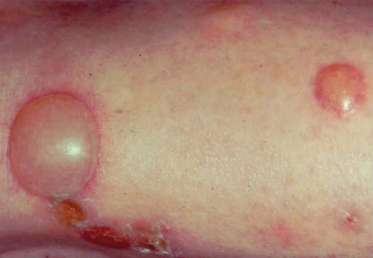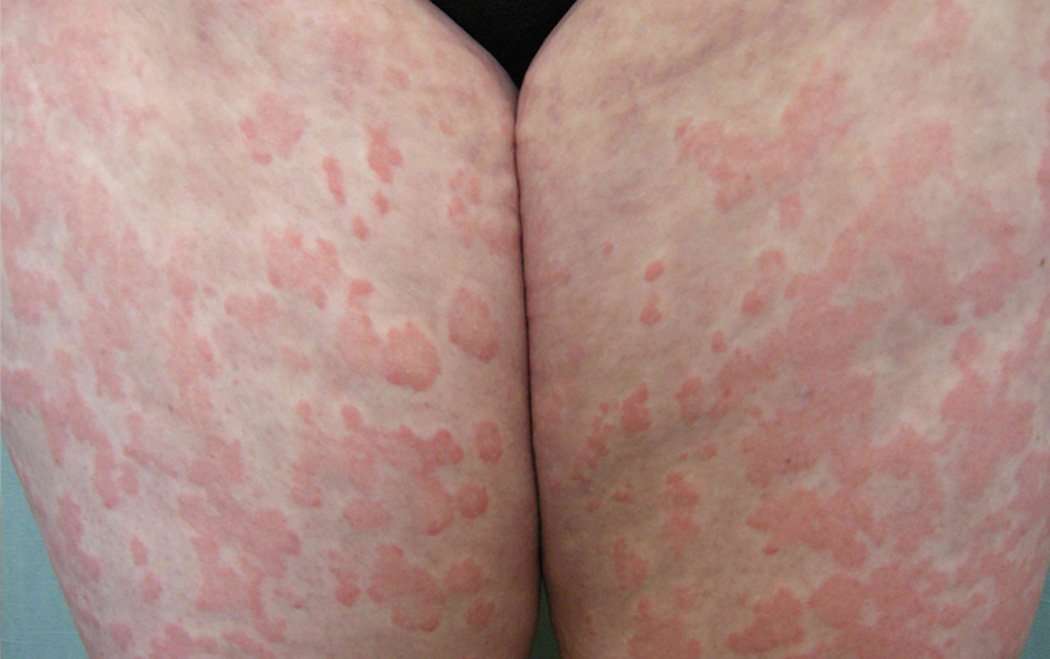Title: Papular Urticaria: Signs, Symptoms, Causes, Risk Factors, Diagnosis, Prevention, Diet, Lifestyle, and Homoeopathic Treatment
Introduction:
Papular urticaria is a common skin condition characterized by itchy bumps or papules that occur in response to insect bites or exposure to certain allergens. Understanding the signs, symptoms, causes, risk factors, diagnosis methods, prevention strategies, diet and lifestyle considerations, and the potential role of homoeopathic treatment is crucial for effectively managing papular urticaria. In this blog post, we will delve into the key aspects of papular urticaria and explore its holistic approach to treatment.
Signs and Symptoms of Papular Urticaria:
1. Itchy bumps or papules: Small, raised lesions that may appear as red, pink, or flesh-colored dots on the skin.
2. Rash clusters: The papules may cluster in groups or form lines or tracks on the skin.
3. Intense itching: The affected areas may be intensely itchy, leading to scratching and potential skin irritation.
4. Swelling and redness: The skin around the papules may become swollen and inflamed.
Common Causes of Papular Urticaria:
1. Insect bites: The bites of certain insects, such as mosquitoes, fleas, bedbugs, and mites, can trigger an allergic reaction in susceptible individuals.
2. Sensitivity to insect saliva: The immune system of some people may react strongly to the saliva injected by biting insects, resulting in papular urticaria.
3. Seasonal and environmental factors: Papular urticaria may be more common during warm months when insects are prevalent or in areas with high insect populations.
Risk Factors for Papular Urticaria:
1. Age: Children are more commonly affected by papular urticaria than adults.
2. Outdoor activities: Engaging in outdoor activities, especially in areas with insect populations, increases the risk of insect bites and subsequent papular urticaria.
Diagnosis of Papular Urticaria:
1. Medical history and physical examination: A healthcare professional will review the patient's history and examine the skin lesions.
2. Allergy testing: In some cases, allergy testing may be recommended to identify specific allergens triggering the condition.
Prevention Strategies:
1. Insect bite prevention: Use insect repellents, wear protective clothing, and avoid areas with high insect activity.
2. Avoid scratching: Resist the urge to scratch the affected areas to prevent further irritation and potential infection.
3. Maintain clean living spaces: Regularly clean and vacuum living areas to reduce the presence of dust mites and other indoor allergens.
Diet and Lifestyle Considerations:
1. Healthy, balanced diet: Consuming a nutritious diet rich in fruits, vegetables, whole grains, and lean proteins can support overall skin health.
2. Hydration: Drinking an adequate amount of water helps maintain skin hydration and may minimize itching and irritation.
3. Stress management: Practicing stress-reduction techniques, such as meditation or yoga, can help prevent flare-ups triggered by stress.
Homoeopathic Treatment for Papular Urticaria:
Homoeopathic treatment for papular urticaria focuses on addressing the underlying causes, alleviating symptoms, and promoting overall skin health. Some commonly used homoeopathic remedies for papular urticaria include:
1. Apis mellifica: Indicated for itchy, swollen papules with a stinging sensation.
2. Urtica urens: Used for itchy papules that worsen with scratching and exposure to heat.
3. Sulphur: Recommended for persistent or recurrent papular urticaria with intense itching and burning.
Consultation with a qualified homoeopathic practitioner is important for an accurate diagnosis and individualized treatment plan based on your specific symptoms and overall health.
Conclusion:
Papular urticaria can cause discomfort and skin irritation due to insect bites or allergen exposure. By understanding the signs, symptoms, causes, risk factors, prevention strategies, diet and lifestyle considerations, and considering homoeopathic treatment as a complementary approach, individuals can effectively manage papular urticaria and promote skin healing. Remember to consult healthcare professionals for an accurate diagnosis and to create a comprehensive treatment plan tailored to your specific needs.



Leave a Message